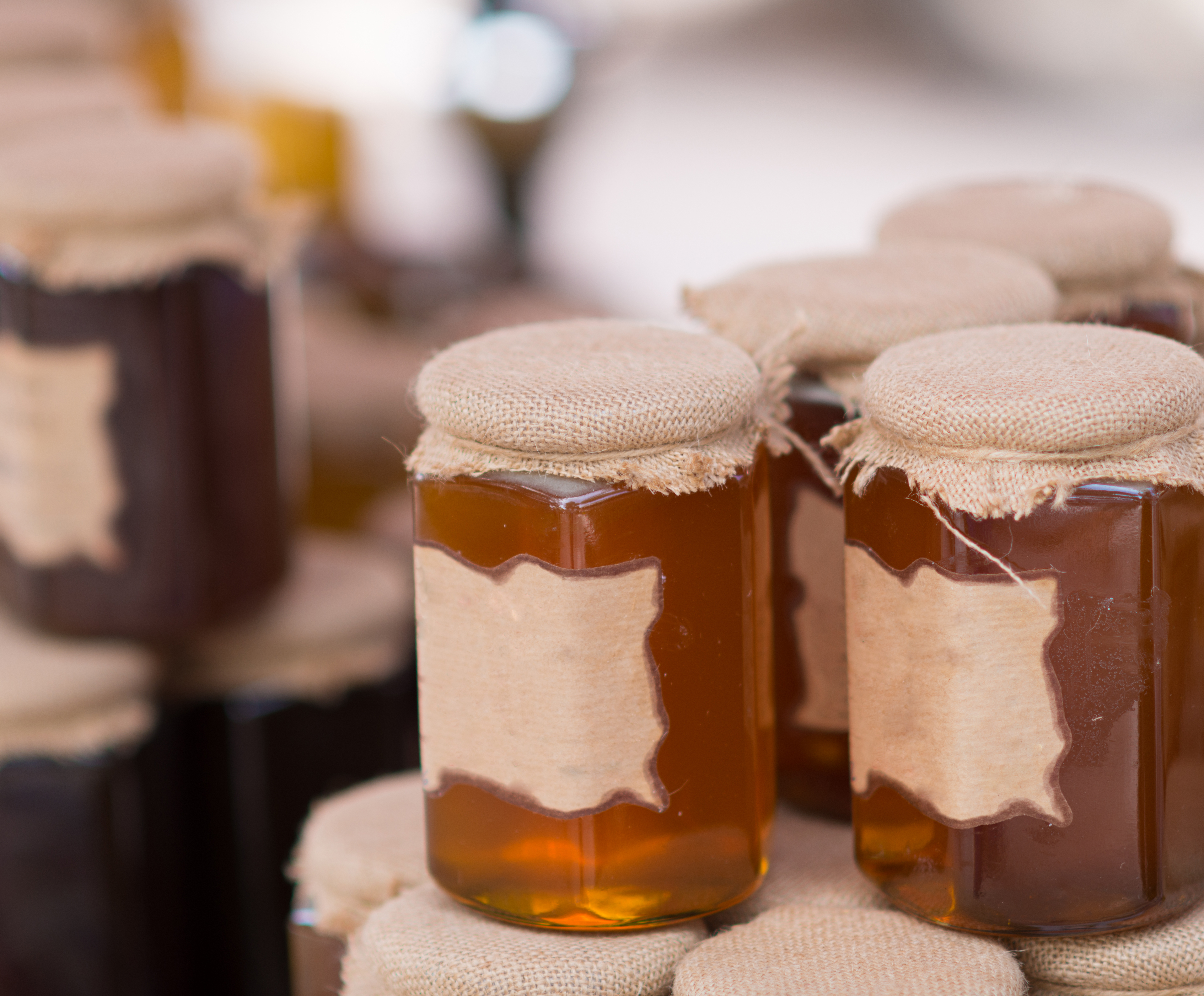Oh Honey!
Whether you take it with your tea, use it as a substitute for sugar in baked goods or just eat it by itself like a silly, old bear — it’s sweet to talk about honey.
For good reason, you may not want to get too close to see how honey is created in nature. But you should “bee” aware of some remarkable facts about how honey gets made, its make-up and health uses.
Busy as a Bee
- Bees make honey as a food for them to eat when conditions or seasons don’t allow them to find flowers or food. When collecting honey, beekeepers will often keep some of it in the hives for the colony to continue to use.
- Honey is concentrated nectar that the bees collect from flowers. Afterwards, bees add enzymes to the nectar to begin drawing out water. Then inside the hives, nectar continues to further concentrate. The bees constant flapping of wings further removes moisture.
- It is estimated that it takes 550 bees visiting two million flowers to produce one pound of honey.
For Use In Your Hive
- Nutritionally-speaking, honey is less processed than sugar — but contains more calories. Honey does contain trace amounts of minerals, while granulated sugar and turbinado sugar (a partially refined version of sugar) do not.
- Because of its low moisture content and natural acidity, honey can’t go bad. Very few microorganisms can survive for very long in that kind of environment.
- Honey can crystallize when its water content separates from the glucose. This happens faster at cooler temperatures — so to avoid this, don’t store it in the refrigerator.
- But because you still can eat crystallized honey, you can melt it by placing the container in warm water. But just be aware that if you heat it up too hot, it will destroy the natural enzymes present within honey.
Health Dos and Don’ts
- Honey is used as for its anti-inflammatory and antibacterial qualities. It is commonly used as a natural treatment for coughs. It also is spread on the skin to heal burns and wounds.
- Due to risks of botulism, the American Academy of Pediatrics recommends that infants not be given honey before their first birthday. This includes not eating it alone, as part of processed foods or mixed in food, water or formula that is then given to infants. Learn more about botulism from the Centers of Disease Control and Prevention.
